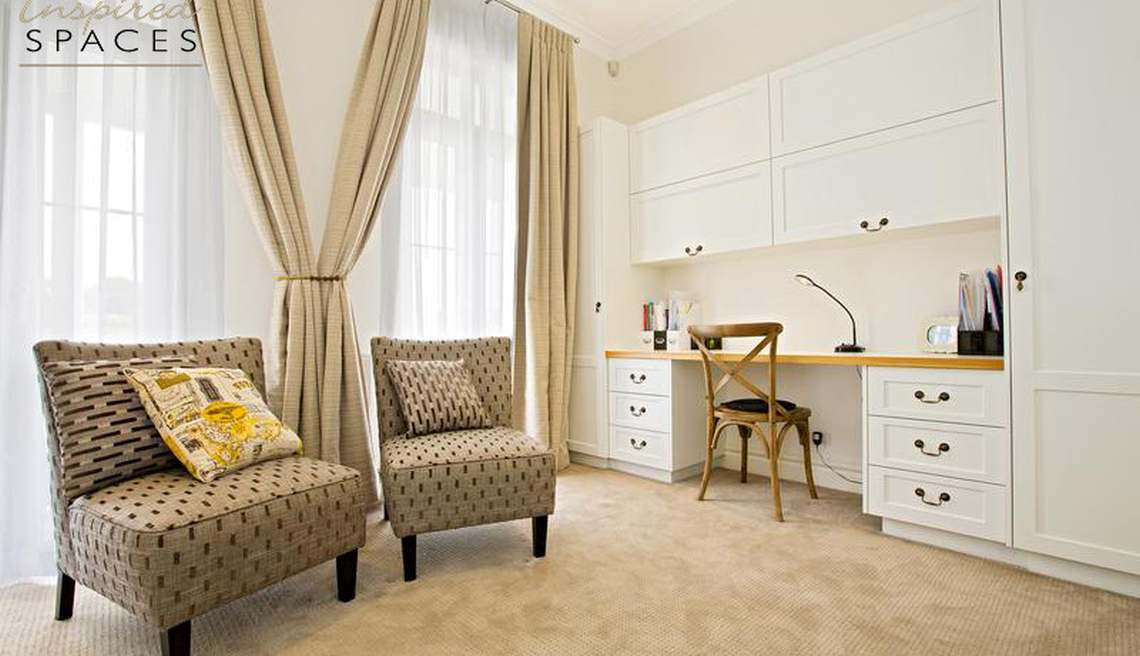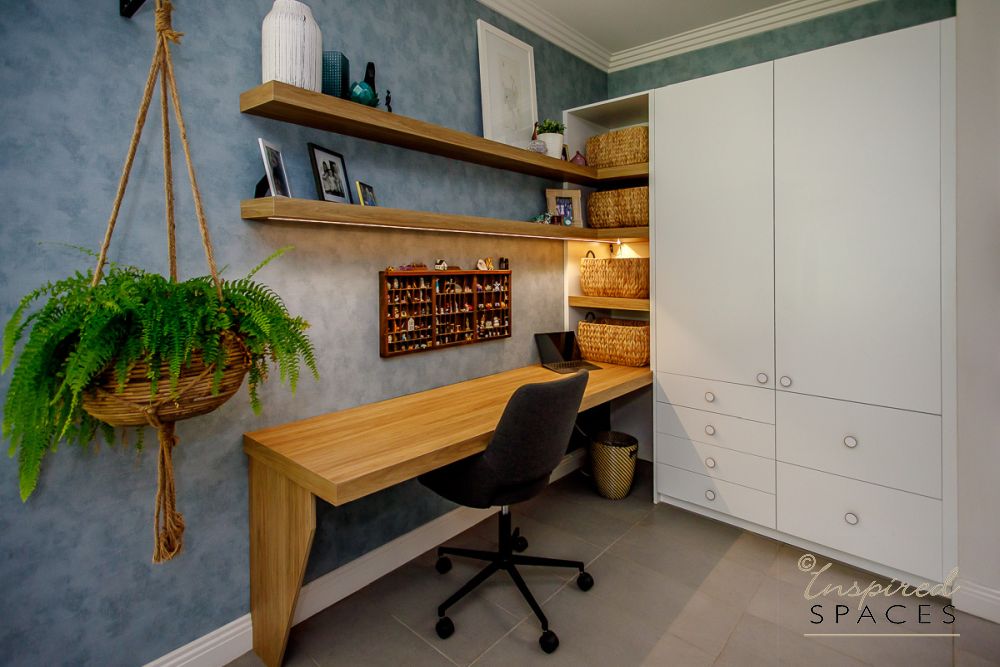As parents, we all want the best for our children and when it comes to their education, it’s no different. We can support their learning journey by providing them with an effective study area at home.
Having a well-organised and functional study space can make a big difference in your child’s focus, productivity and overall performance.
To assist in creating an effective study area for your children, and to help make the entire process easier we have put together the following tips:


Create A Study Nook
For the young school starter, you may not need a designated study room. It’s sufficient to use a nook in the kitchen area where you can supervise the kid’s homework while preparing the meals.
Involve your first or second grader in decorating their space with funky colours or patterns to transform it into an area they love to use.
Find A Good Location For The Study Desk
For older students who are preparing for their HSC, provide a quiet workplace for them to be able to focus. This could be their bedroom or another quiet place in the home, or maybe the dining room that is never used. The space should be away from high-traffic areas and free from loud noises and screens.
Regarding the placement of the desk, consider different positions. Perhaps sketch up the floor plan of where you’ll place the desk and other furniture. Choose a position with plenty of light. Ideally in a 90-degree angle to the window to minimise reflection on the computer screen.
If space is at a premium maybe purchase a desk with shelves as part of the design. Or look at placing shelves on the wall. (If opting for this solution, ensure there is enough support in the walls to take the weight of books).
Get The Lighting Right
Of course, you can’t go past natural light, but if that’s not possible, then ensure the study area is well-lit with adequate artificial lighting. Having proper lighting will enhance focus and minimise eye strain.

Personalise The Desk
Let your child/children loose in a stationery store to purchase folders to personalise the space. Use a pin board either leaning against the wall or hanging over the desk for your child to pin pictures, reminders and images of their favourite characters.
Or you could hang a ribbon across a wall, like a clothesline. Here you can clip little notes with small clothes pegs that are easily found in a dollar shop. Colourful accessories round up a functional design while spreading fun and cheer.
Beautify The Study Furniture
If your kids are tired of their desk’s existing colour, then consider getting a new one altogether. Or you could just paint the drawers of the existing one in two tone or a range of colours. Maybe a white desk with bright green interiors is what your child fancies? Or maybe stripes, dots or triangles – whatever it takes to invite them to use their study desk.
For the ultimate personal look try covering the desk with their favourite images and apply a clear coat of varnish to protect their surfaces. Keeping things simple with this is best, as you don’t want to cause any distractions with a desktop that’s too busy or loud.

Use A Light-Coloured Desktop
While letting your kids be creative with their desks, try to ensure that the desktop has a light colour, such as white, pastels or blond timber. Research shows that lighter colours are much easier on the eyes, especially when the teenager has to spend a lot of time on their workstation.
Provide A Good Desk Chair
It’s fine to pinch when it comes to everything but your kids task chair. It’s important to have an office chair that’s ergonomic, supports the lower back and promotes good posture. They will help keep your child comfortable during long study sessions.
Choosing a task chair is not a one-size fits all process. Be sure to get the student try-on any chair in person at a showroom or store. Make sure it’s the right height and allows flexibility of movement while seated.
The desk should also be at an appropriate height for your child to prevent discomfort. If your study area has hard flooring, consider adding a rug to make the space more inviting and comfortable under foot.
FREE DOWNLOAD!
Get our Kitchen Design Guidelines to help you with your planning and renovation.

Being Organised Is Essential
An organised study area is key to productivity and focus. Ensure your child has all the tools they require to keep their study space tidy and well-structured.
Invest in storage solutions such as shelves and drawers to help keep books, stationary and supplies neatly stored and easy to find. A desk organiser for pens and other stationary can be great for keeping clutter at bay.
Encourage your child to use a calendar or wall planner to help keep track of study sessions, assignments and deadlines. This is a great tool to help keep them responsible for themselves and their work.

Get Your Kids Involved
Encourage your kids to get involved in their study area design. Allow them to make decisions about the layout, colour scheme and organisation. But also inject their likes and interests into it by decorating it with artwork, motivational quotes or posters.
This is not only for them to express their personality but also to keep them occupied in the remaining days before they return to school. They’ll also return with a project that they can show off to their classmates once back at school. Plus, if they have a say in how their space is arranged, they’ll most likely feel responsible to maintain it.
Creating a stylish and effective study area at home for your children is a valuable investment in their education and future.
By having a personalised study area in the right location, with the right ergonomics for comfort, and all necessary supplies available and stored in an organised manner you will have set up a conducive learning environment for your child.

Book a 15-Minute FREE Discovery Call
Need help or advice regarding any residential or commercial design or decorating projects? Get your FREE 15-minute discussion with Robyn!





Leave A Comment Or Ask A Question